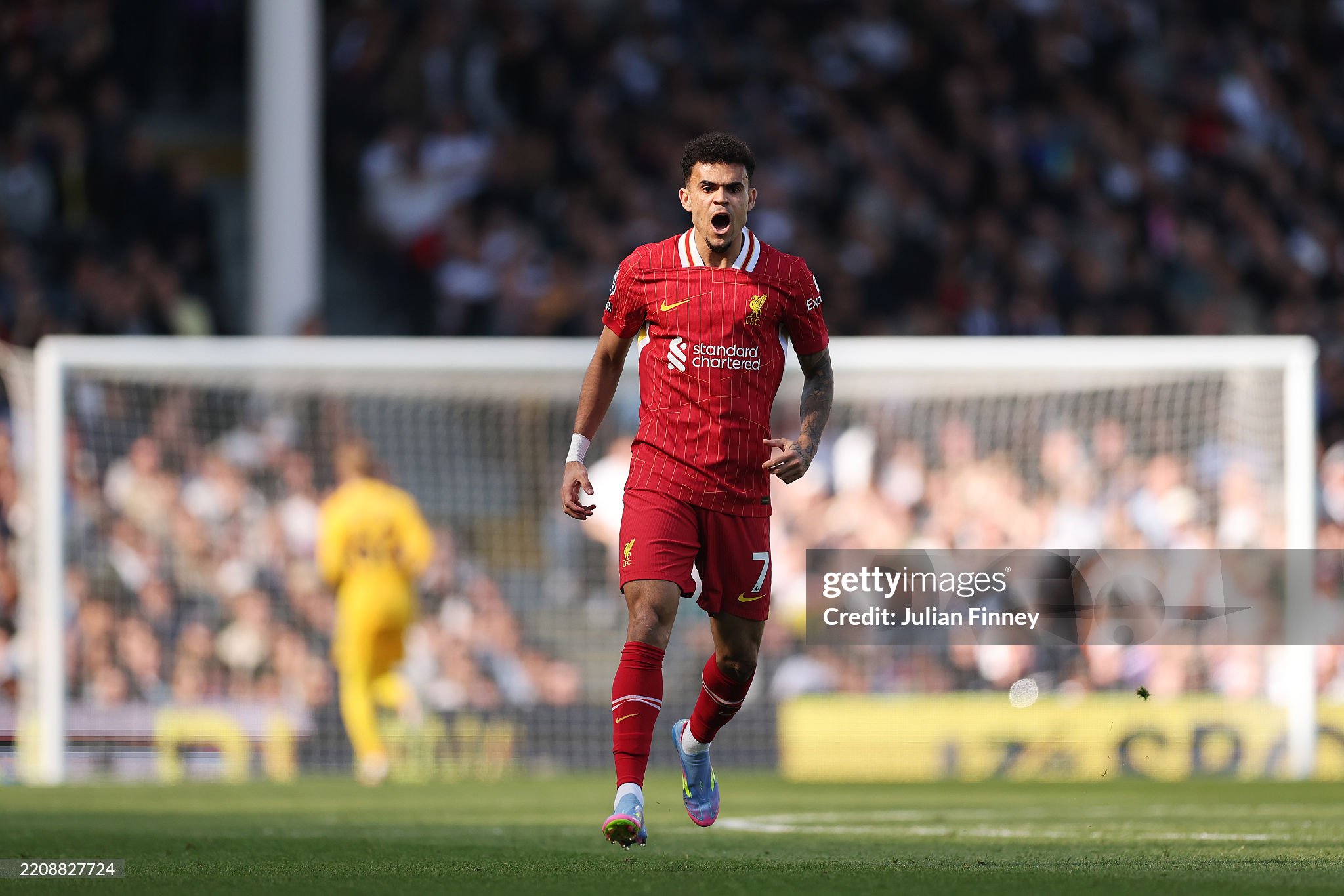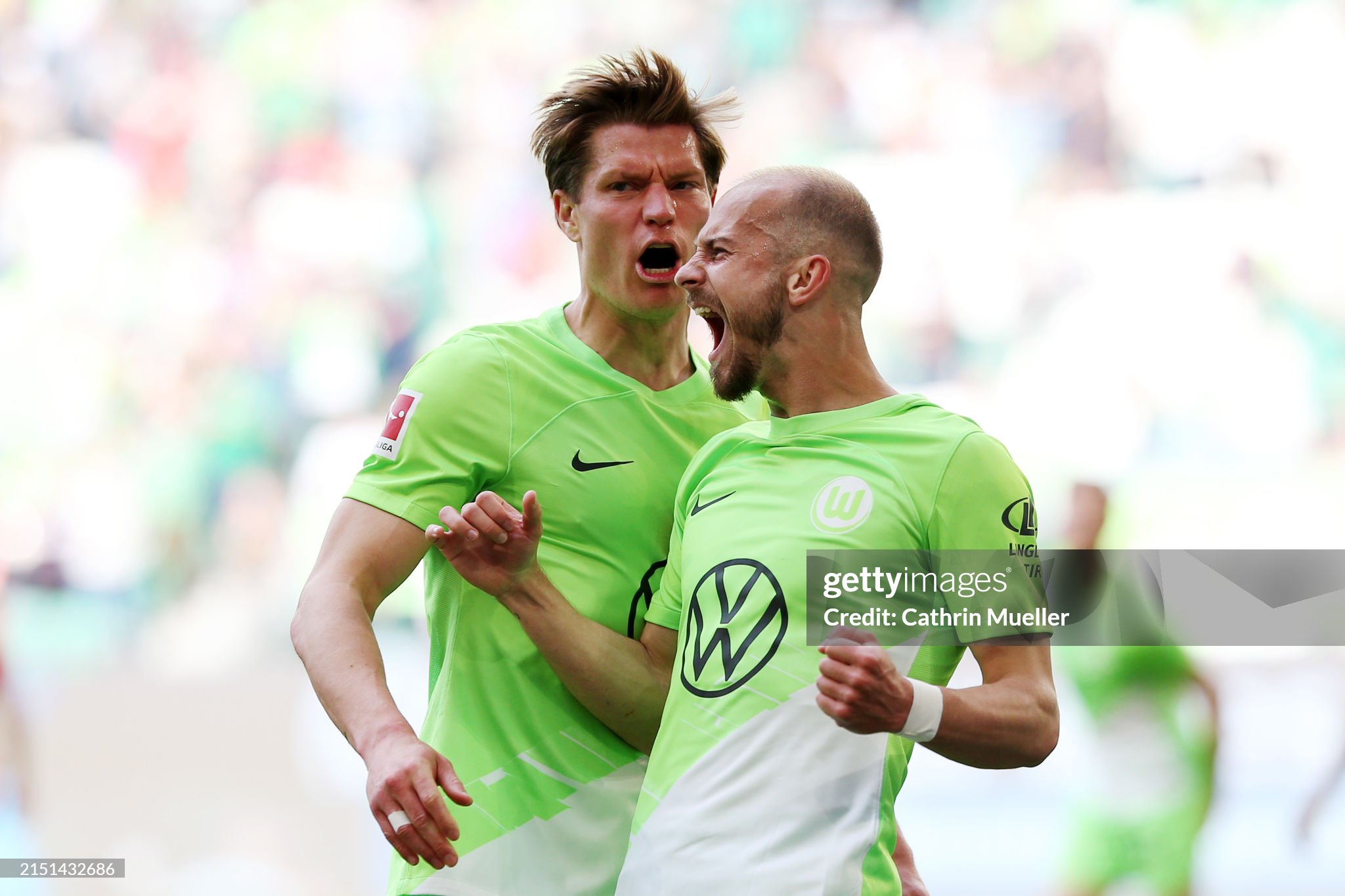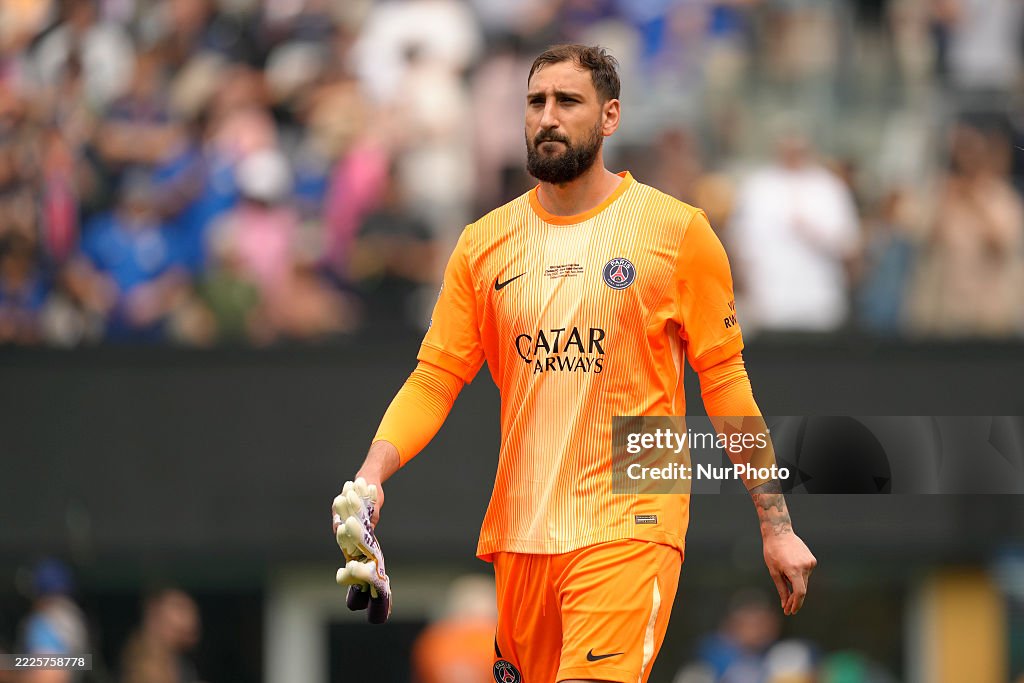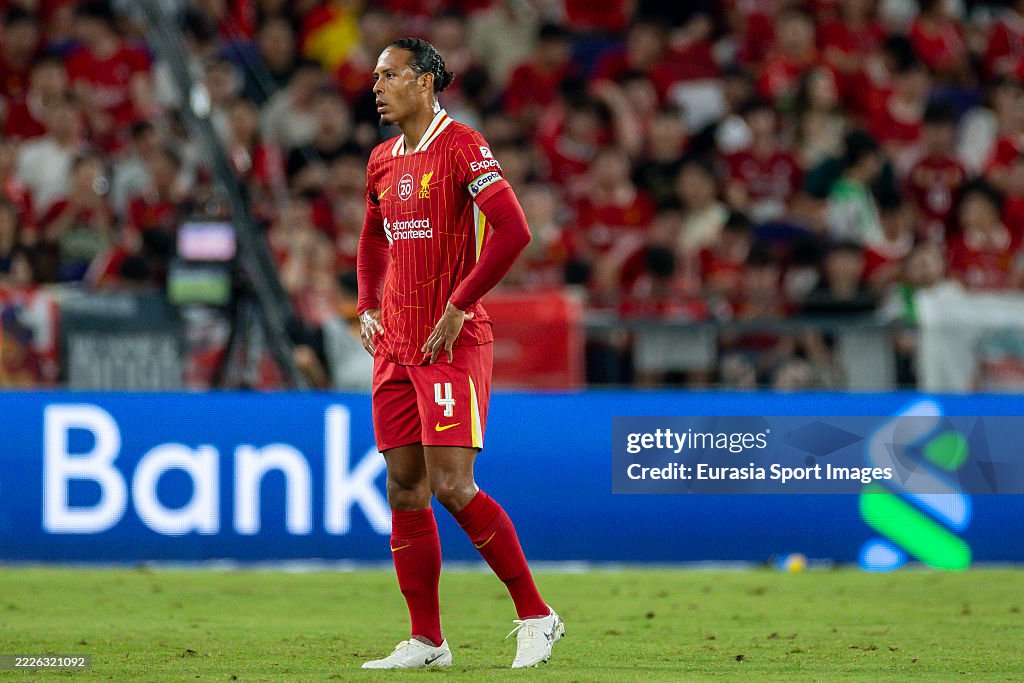If the bonuses from Florian Wirtz's transfer are triggered, the German will become the third most expensive player ever. Liverpool is paying almost €136.5 million including bonuses (€117.5 million excluding bonuses) to Bayer Leverkusen.
 Embed from Getty Images
Embed from Getty Images
The potential transfer of Florian Wirtz to Liverpool is making waves across the football world, not only for the player's talent but for the sheer financial magnitude of the deal.
If all performance-related bonuses are met, the total fee could rise to an eye-watering €136.5 million, instantly making Wirtz the third most expensive footballer in the history of the sport and the most costly signing ever made by a Premier League club. This transfer marks a new chapter in Liverpool’s ambitions and confirms the club's return to the top table of elite spenders.
Despite the record-breaking nature of the move within the Premier League, Wirtz’s transfer still doesn’t dethrone the two most expensive deals ever made both orchestrated by Paris Saint-Germain in a transformative era for global football. In 2017, PSG stunned the footballing world by triggering Neymar’s €220 million release clause, pulling the Brazilian superstar from Barcelona in a deal that redefined the transfer market. The move was more than just a player acquisition; it was a power statement by Qatar Sports Investments and marked the beginning of PSG’s modern era of global dominance.
Just one year later, PSG secured the services of teenage prodigy Kylian Mbappé from Monaco for €180 million. Initially structured as a loan with a compulsory purchase option, the move was designed to navigate UEFA’s Financial Fair Play rules. Yet the end result was clear: PSG had locked down two of the most valuable assets in the sport for nearly half a billion euros combined. No other club has come close to matching this financial firepower in back-to-back seasons.
After PSG’s record moves, the next tier of all-time transfers includes two high-profile Barcelona signings Philippe Coutinho and Ousmane Dembélé who were brought in following Neymar’s departure. Both players cost €135 million each during the 2017/18 season, with Barça using the funds from Neymar’s exit in an effort to rebuild their squad. While Dembélé showed flashes of brilliance amid injury setbacks, and Coutinho struggled to find consistent form, neither lived up to the immense expectations. Their transfers are often cited in discussions of inflated fees and risky investments in the post-Neymar market.
Until now, the most expensive transfer in Premier League history was Enzo Fernández, who joined Chelsea from Benfica for €121 million in January 2023. Fernández’s value skyrocketed after a stellar World Cup campaign with Argentina, culminating in a tournament victory and the Best Young Player award. Chelsea’s decision to trigger his release clause was emblematic of their aggressive and unprecedented spending under new ownership, which saw the club surpass €600 million in player acquisitions within a single season.
Liverpool’s potential €136.5 million outlay for Wirtz signals a shift in strategy for a club traditionally known for more calculated and sustainable spending. Under Jürgen Klopp, Liverpool had previously operated with financial prudence, making targeted investments rather than headline-grabbing splurges. However, with Klopp’s departure and a new managerial regime likely bringing a fresh vision, the club appears willing to break its own financial barriers to secure generational talent.
Wirtz, a 21-year-old German attacking midfielder, has been one of Europe’s most talked-about prospects since his teenage debut with Bayer Leverkusen. Known for his vision, technique, composure, and footballing intelligence, he has been central to Leverkusen’s resurgence under Xabi Alonso. His performances in both the Bundesliga and European competitions have drawn interest from Europe’s biggest clubs but Liverpool appears to have moved fastest and boldest.
If all clauses are triggered, Wirtz will join a very exclusive list of footballers whose transfers exceeded €130 million. It also highlights a growing trend in the market: elite clubs are no longer hesitant to invest huge sums in younger players with long-term potential. Unlike the era when such fees were reserved for established superstars, today's market is driven by projections clubs betting that a 21-year-old could become the face of their project for the next decade.
Looking at national records, Frenkie de Jong remains the most expensive Dutch player of all time. His €86 million move from Ajax to Barcelona in 2019 was seen as a symbol of Dutch football's resurgence, particularly after Ajax’s remarkable run to the Champions League semifinals that season. De Jong was a central figure in that team, and his move was a natural progression. Close behind him is Matthijs de Ligt, who also left Ajax after that breakout season, joining Juventus for €85.5 million. Both players continue to play key roles for club and country and are examples of how Ajax has become a modern talent factory.
Wirtz’s record-breaking move also speaks to the changing dynamics of German football. While Bundesliga clubs are often praised for their stability and development, they have historically been more conservative in the transfer market both in terms of spending and selling. The sale of Wirtz at such a high price shows how Leverkusen has evolved into a club capable of producing talent that commands fees on par with the very best in the world. It also shows the global appetite for Bundesliga-developed players, who are often tactically mature, technically sound, and physically ready for the demands of elite football.
The financial implications of this deal are also considerable. For Leverkusen, it represents a windfall that could be reinvested into the squad or infrastructure. For Liverpool, it’s a bet one that carries risk, but potentially immense reward. Should Wirtz adapt quickly to the Premier League and fulfill his potential, the transfer could be remembered as a masterstroke. However, as history has shown with the likes of Coutinho and Dembélé, expensive transfers always carry a degree of uncertainty.
As the transfer market continues to inflate, and competition for top talent grows fiercer, deals like this may become more common but they also raise questions about sustainability, financial fairness, and the long-term future of football’s economic model. For now, though, the spotlight is on Wirtz, the young German star who might soon carry the weight of a €136.5 million price tag on his shoulders in the world’s most-watched league.









